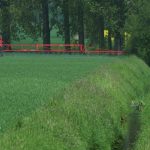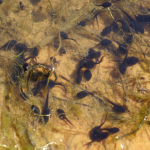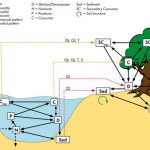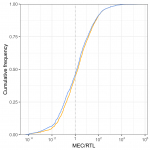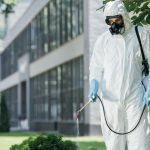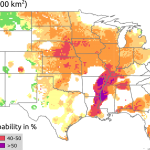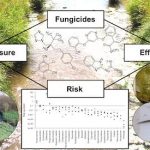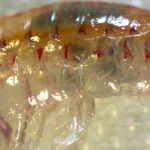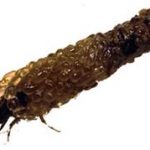Increased efficacy of pesticides comes along with decreased applied amounts in agriculture – but does this translate to lower risks to non-target species? The answer is NO, if you ask scientists at the University of Koblenz-Landau who recently published a study in Science assessing changes in the use of 381 pesticides and toxicity to eight non-target species groups over the course of 25 years. In our blog, the authors explain the shifts in applied pesticide toxicity they found, and which species are increasingly at risk.
Continue readingPlants and invertebrates face increasing applied pesticide toxicity
